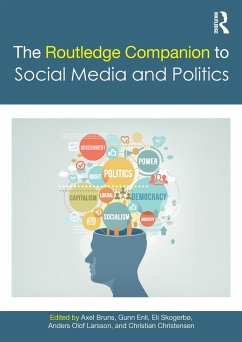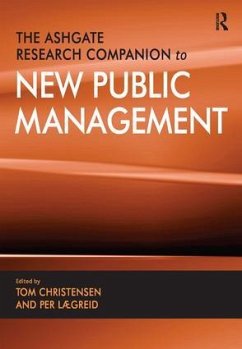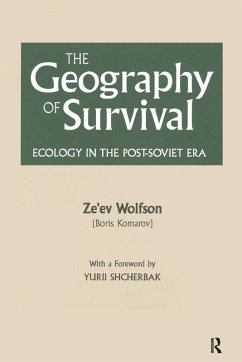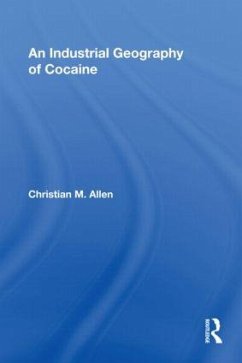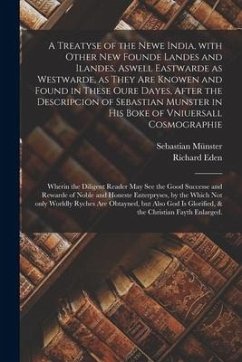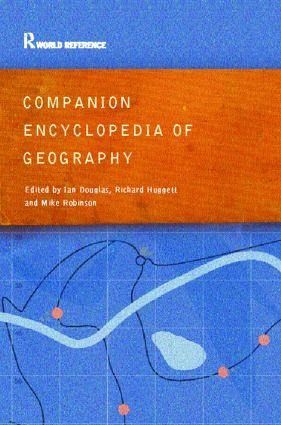
Companion Encyclopedia of Geography
The Environment and Humankind
Herausgeber: Douglas, Ian; Hugget, Richard John; Douglas, Ian

PAYBACK Punkte
58 °P sammeln!
The "Companion Encyclopedia of Geography" provides an authoritative and provocative source of reference for all those concerned with the earth and its people. Examining both physical and human geography and charting human activities within their habitat up to the present day, this "Companion" also looks towards the future. The forty-five self contained chapters are bound into a unifying whole by the editors' general and section introductions and each chapter provides details of the most useful sources of further reading and research. Now available in paperback, this work is an invaluable resou...
The "Companion Encyclopedia of Geography" provides an authoritative and provocative source of reference for all those concerned with the earth and its people. Examining both physical and human geography and charting human activities within their habitat up to the present day, this "Companion" also looks towards the future. The forty-five self contained chapters are bound into a unifying whole by the editors' general and section introductions and each chapter provides details of the most useful sources of further reading and research. Now available in paperback, this work is an invaluable resource not only for students, teachers and researchers but also for professionals in commercial and public-sector organizations.





